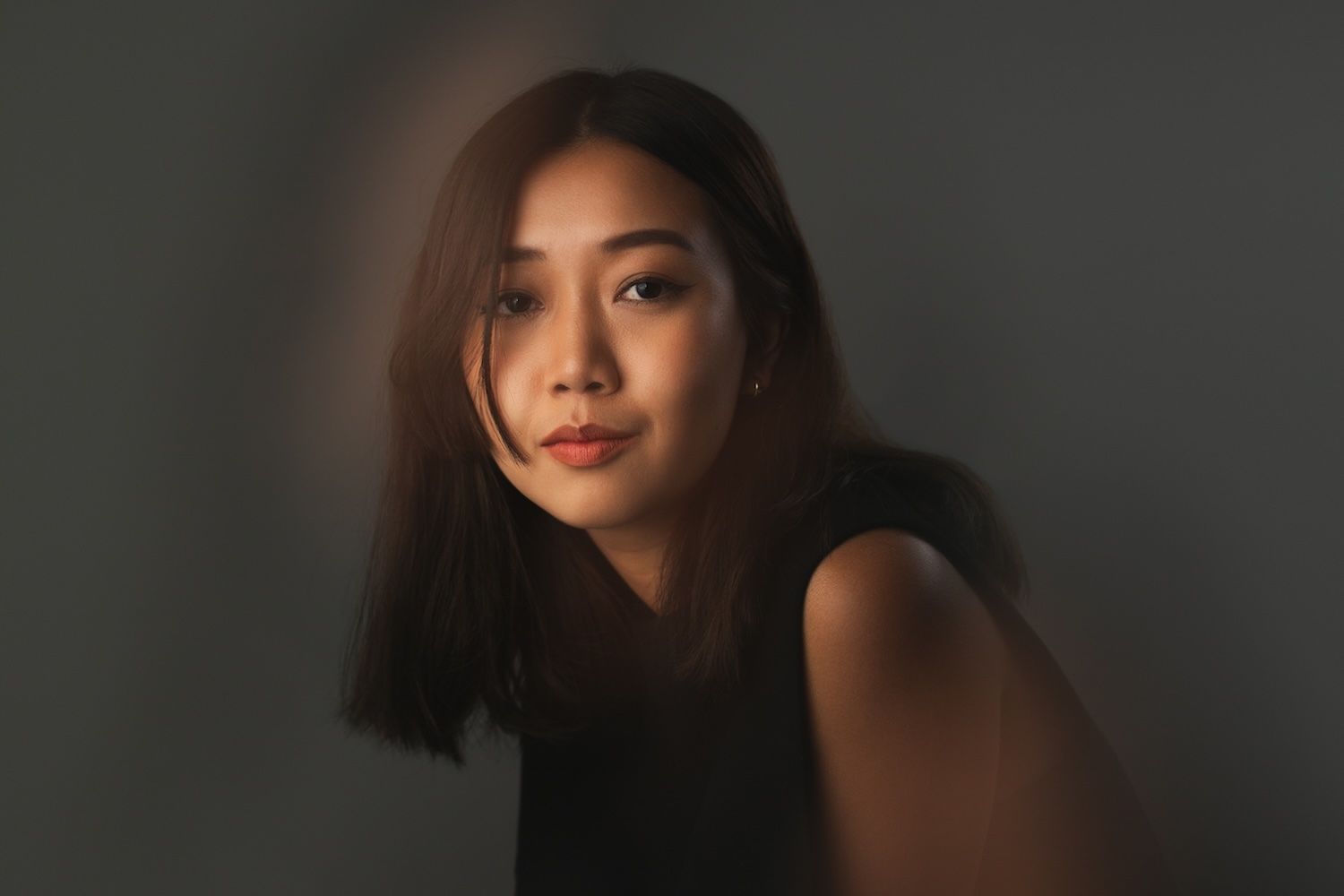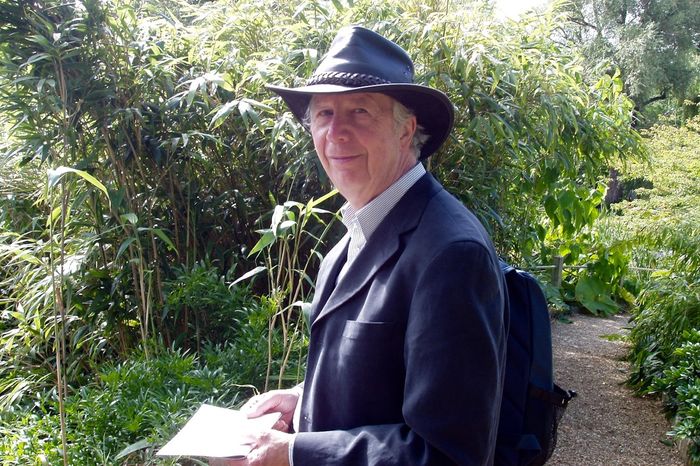Kimverlyn Lim is a designer, new media artist, and creative technologist who navigates immateriality by investigating how we interact with and experience the ‘invisible’ world. Immersed in both digital experimentation and patterns of the natural world, her practice explores the shifting boundaries between technology, environment, and identity. With a background influenced both by urban life in Singapore and greener landscapes in London, shaped by her work as a designer and artist, Lim explores how data, AI, and creative expression merge to tackle questions of time, belonging, and the rhythms of both natural and manmade systems.
With a degree in Communications from Temasek Polytechnic, Singapore, Lim started off in journalism, drawn to the visual culture of editorial work. It was through this career that Lim’s love for advertising grew, inspiring her to move into social media advertising at Ogilvy, a New York City-based British advertising agency.
In the world of social media, data analysis, and digital design, Lim gradually discovered her true passion in User Experience design (UX design): design that makes products and services with the user in mind. Lim has worked for a multitude of businesses and enterprises, such as Snapchat, Coffee Bean, and challenger banks. While being a UX designer equipped her with many essential skills and creative principles, Lim eventually became less interested in the more traditional side of UX, as the processes and techniques became safe and repetitive.
“Her practice explores the shifting boundaries between technology, environment, and identity”
Consequently, Lim was drawn to experimental design: interested in its open-ended capacity, involving non-traditional forms of media such as designing voice, hand gestures, or the vision of a camera.
She notes the innate fluidity between design and art, arguing that, “designers now are the new artists”. Indeed, Lim describes herself as a designer first, artist second, highlighting how the design principles she has mastered as a UX designer inform her more creative endeavours. She credits her master’s degree in architecture and design with underlining the importance of core design concepts, crucial even when working on more traditional, art based projects, core concepts in design are still crucial.
Lim elaborates on the process in her more recent work, revealing that a project might begin as design oriented, but gradually become more artistic. She marks this distinction by describing art as emerging from an internal, gut feeling, rather than creating with a specific goal in mind, as design often aims to achieve. She also points out that although design is often aimed at a specific audience, art is more personal.
“Lim describes herself as a designer first, artist second”
As Lim proclaims, everything in the world is made of a frequency. Her partner told her, “how the bass and the sub bass of a song are all just frequencies and hertz”. When applied to her own creative practice, Lim is especially interested in energy, new materialism, and how bodies interact. She aims to find ways to make audio and visuals feel more alive during performances.
For example, inspired by her own passion for DJing, Lim brings up a project where she reconstructed the audio visuals used for music gigs and festivals in Singapore. As she explains, at most gigs and festivals, the visuals displayed usually stay the same from show to show. This is something Lim seeks to change by increasing the dynamism of these visuals. Using AI tools such as Stable Diffusion, ChatGPT, or DALL-E, Lim experiments with how visuals can shift in real time, responding to the environment, much like a travelling performer.
Inspired by the ever-changing nature of the wind, Lim envisions a system that uses live data, such as weather conditions, pulled through Wi-Fi to create new visuals for each location. For instance, whether it is rainy or cloudy, the system picks this up and generates imagery to “make a visual out of it that day”.
Lim considers the tools that performers use, which she describes as often being purely functional and unchanged for years. To reconstruct this, Lim has re-imagined a microphone with a built-in gyroscope, making it more dynamic and expressive, ultimately creating new ways for performers to move, connect, and bring their shows to life.
While utilising the power of technology in art, Lim also has a deepening interest in nature and its underlying patterns. Having grown up in Singapore, Lim recalls a limited connection with nature, often staying indoors and playing video games rather than exploring the city’s natural environment. It wasn’t until moving to London, where natural elements are more visibly integrated into the city, that Lim began to appreciate nature more consciously. This sparked a strong fascination with organic systems and the idea that nature is often guided by intricate, mathematical patterns. Lim’s work certainly seeks to reflect this duality, merging biomorphic patterns with creative technological expression.
“Lim’s artistic work seeks to create a dialogue between the organic and the artificial, the ancestral and the futuristic”
One project, for instance, collects data from nightlife environments like clubs and gigs, tracking elements like carbon monoxide levels, alcohol presence, temperature, and humidity, to create soundscapes through data sonification. This transforms invisible environmental dynamics into an auditory soundscape, demonstrating how technology has the capacity to translate the rhythms found in nature, into perceivable forms. Another project maps the speed and direction of wind to visual trails, creating generative art that mimics natural forces.
While engaging in data and technology in her artistic practice, Lim grapples with the implications of AI in a post-truth era, questioning how artificial content, deep fakes, and algorithmic archives might distort memory and truth. As she asserts, “AI and new technologies might make a very unreal world more unreal”. Although she uses AI for both creative inspiration and practical tasks, she is mindful of ethical concerns; she mentions the rise of glitch tools which work to corrupt art pieces in order to resist AI reproduction, offering artists a sense of control and protection over their work.
However, for Lim, AI is not inherently problematic. In fact, she is greatly inspired by its capacities. For instance, she suggests that using AI to come up with ideas is much like creating mood boards - a form of inspiration, rather than replication. Ultimately, while mindful of the ethical concerns of AI, Lim takes advantage of the powerful potential of technology for her own creative expression.
Culturally, Lim is interested in expressing her relationship with nature while paying homage to her ancestry. She observes how Singapore’s landscape has been heavily shaped by Western influences, leading to a disconnect from native Asian botany and understandings of nature. To account for this absence of cultural heritage in nature, Lim focuses on Asian folklore and Sino-Futurism in music, seeking to integrate historically significant Chinese and Indonesian instruments like chimes and gongs.
As a recreational DJ, Lim has been inspired by an expanding wave of experimental Asian artists who blend traditional sounds with contemporary techniques, challenging the dominance of Western musical aesthetics. For Lim, preserving culture through living practice, not just government-sanctioned heritage, is crucial to forming a more holistic understanding of nature, identity, and creative expression.
Ultimately, Lim’s artistic work seeks to create a dialogue between the organic and the artificial, the ancestral and the futuristic. Through bringing together environmental data and AI processes, she counters dominant narratives of progress and preservation, instead presenting a more fluid, multisensory experience of culture and nature as evolving systems.


